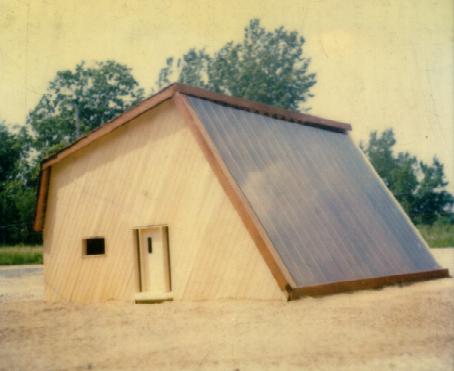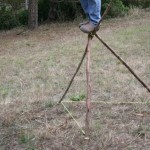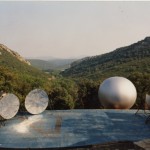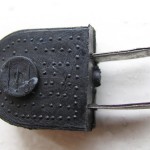The Oil Drum runs an extended and rewritten version of our 2009 article on small wind turbines – including additional tests results from the UK.
“Two real-world tests performed in the Netherlands and in the UK confirm our earlier analysis that small wind turbines are a fundamentally flawed technology. Their financial payback time is much longer than their life expectancy, and in urban areas, some poorly placed wind turbines will not even deliver as much energy as needed to operate them (let alone energy needed to produce them). Given their long payback period relative to their life expectancy, most small wind turbines are net energy consumers rather than net energy producers.”






